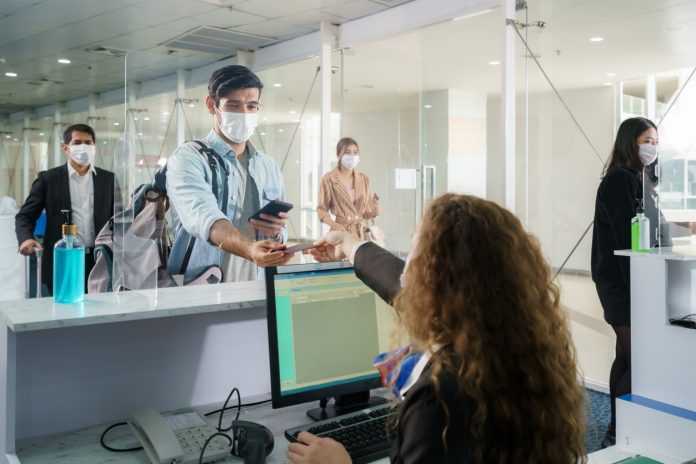
Thailand has eased its entry restrictions for fully vaccinated travellers. Although the country has seen some tourists and medical tourists return, the complex and ever changing and expensive rules may have put many people off.
Following pressure from the tourism ministry, the Centre for Covid-19 Situation Administration (CCSA) agreed to ease restrictions from this month.
The expensive second PCR test on the fifth day of entry has gone but travellers are asked to perform a simple self-test. The minimum medical insurance cover for visitors has been reduced to US$20,000 from US$50,000.
Thailand’s popular Test and Go method of entering the country made a return in February but extra rules meant that actual numbers remained low.
There are some remaining rules that may turn off medical tourists. From 1 March, travellers can arrive in Thailand by air, land, and water. There is no quarantine but on Day 1 they must wait for the COVID-19 test result within an approved pre-paid or alternative quarantine facility. They still have to apply for a Test and Go Thailand Pass and provide a medical certificate, among a long list of rules that vary by vaccination status and method of entry.
Pattaya and Ko Chang are among the reopened destinations joining the existing Krabi, Phang-Nga, Phuket, and Samui Sandbox programme, plus reintroduction of the Sandbox Extension programme. Fully vaccinated travellers from any country around the world can visit Thailand under the Sandbox programme. There is also a new alternative quarantine rule, again with its own long list of rules.
As long as medical tourists or their agents can navigate the various rules depending on where they go and how they arrive, then Thailand is again open.
The Tourism Authority of Thailand has launched Visit Thailand Year 2022, aiming to make tourism stronger and sustainable, more responsible, more digital, and more inclusive. Among the sectors promoted is wellness tourism but medical tourism is significant by its absence.







 ©2024 All rights reserved LaingBuisson
©2024 All rights reserved LaingBuisson 


